

— Blogs —
—Products—
 Consumer hotline +8618073152920
Consumer hotline +8618073152920 WhatsApp:+8615367865107
Address:Room 102, District D, Houhu Industrial Park, Yuelu District, Changsha City, Hunan Province, China
Product knowledge
Time:2024-09-08 15:54:28 Popularity:3108
A cup anemometer, also known as a wind cup anemometer or wind cup anemometer, is a commonly used instrument for measuring wind speed. The sensing part usually consists of three or four conical or hemispherical empty cups, which are fixed on a trident star-shaped bracket at 120° to each other or on a cross-shaped bracket at 90° to each other, and the concave surfaces of the cups are arranged in one direction.
A cup anemometer, also known as a rotating cup anemometer or Robinson anemometer, is a mechanical wind speed measuring instrument. It consists of three or four hemispherical or conical cups fixed on a freely rotating shaft. When the wind blows, the cups are acted upon by the wind force and begin to rotate, and the greater the wind speed, the faster the speed of the cups. The rotational speed of the cup (i.e., the number of revolutions per second) is directly proportional to the wind speed, so the wind speed can be determined by measuring the rotational speed of the cup. When the wind cup rotates, it will drive the coaxial multi-tooth cut-off disc or magnetic bar to rotate, and then through the circuit to produce and the wind cup rotational speed is proportional to the pulse signal, the signal is counted by the counter and converted to the actual wind speed value.
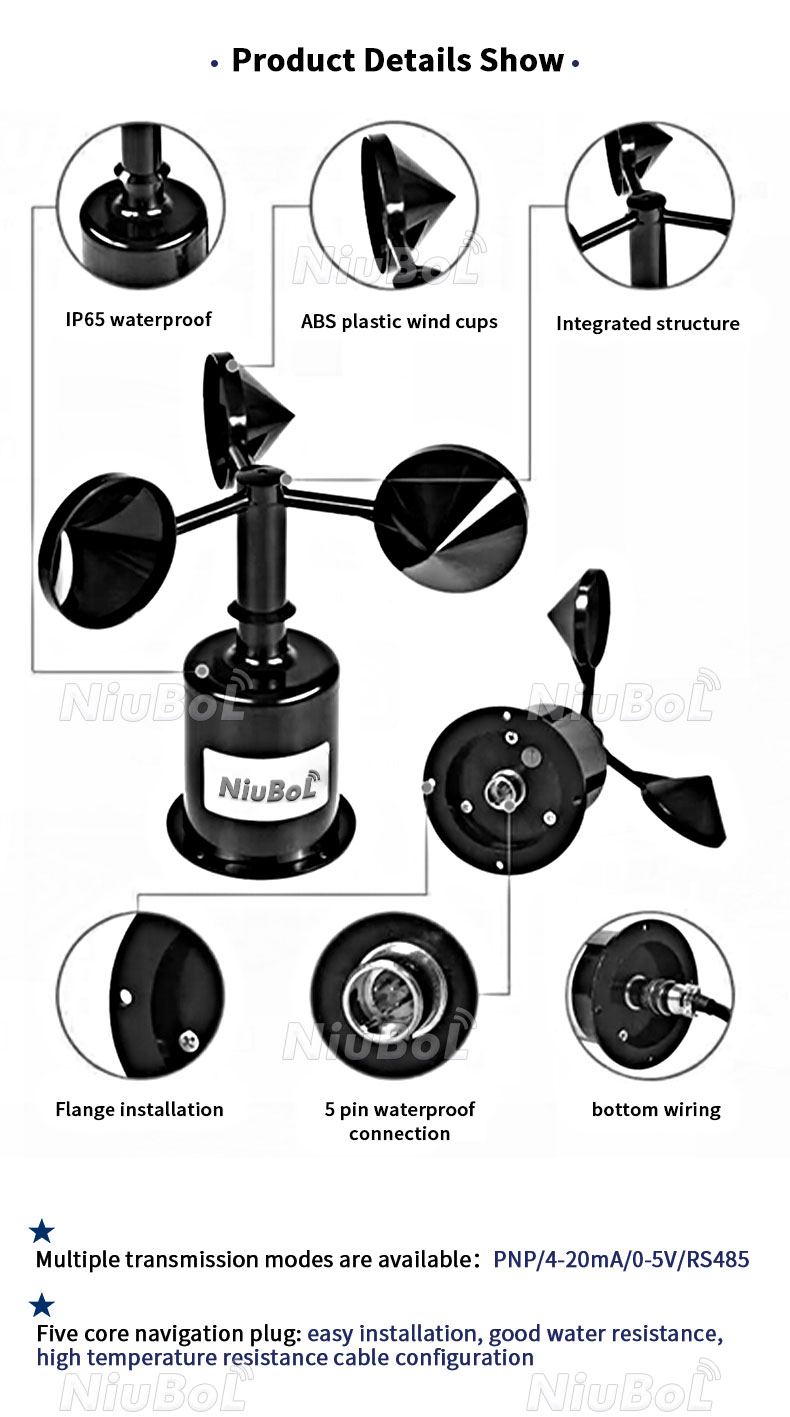
The main role of the cup anemometer is to accurately measure the wind speed, for meteorological observation, wind power generation, aerospace, environmental monitoring and other fields to provide important meteorological data support. The accuracy of its measurement directly affects the decision-making and judgment in related fields.
1. wind speed measurement: provide wind speed data commonly used in meteorology and environmental monitoring.
2. Data recording: wind speed change data can be recorded and stored by electronic devices.
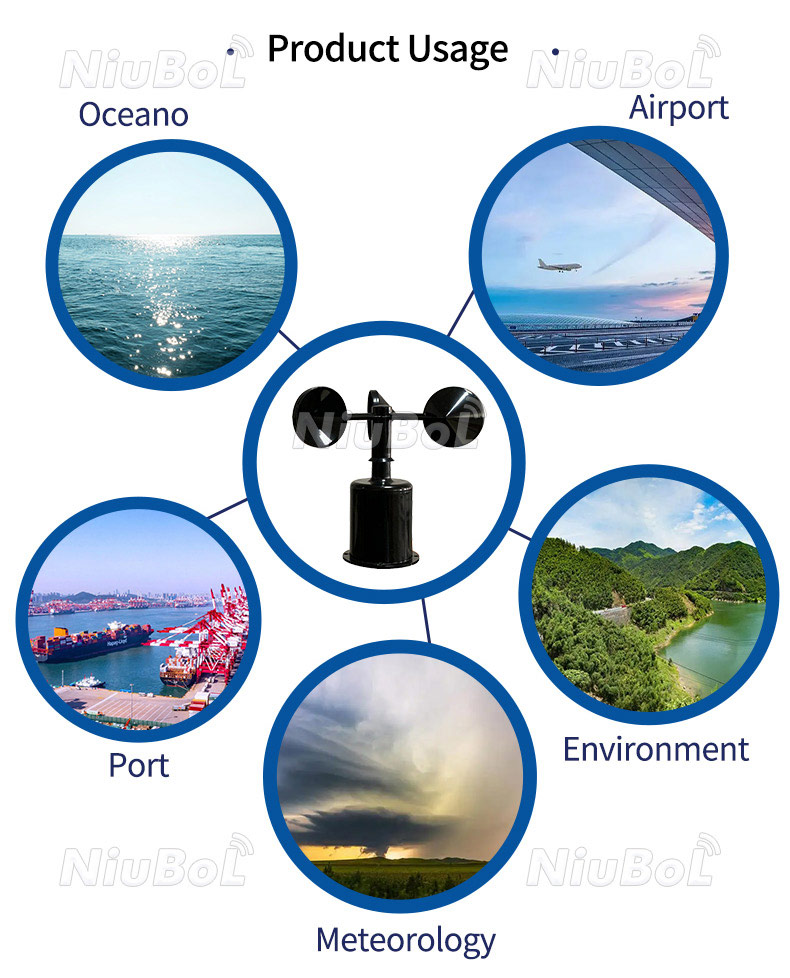
Weather observation: In weather stations, cup anemometer is one of the important tools to measure wind speed, providing basic data for weather forecasting and climate research.
Wind power: In the field of wind power generation, cup anemometers are used to monitor wind speed changes to ensure the stable operation of wind turbines and optimize power generation efficiency.
Aerospace: In the aerospace field, cup anemometers are used to measure the wind speed around the airplane, which provides an important guarantee for flight safety.
Environmental monitoring: In the field of environmental monitoring, cup anemometers can be used to measure wind speed changes in the atmosphere, providing data support for environmental protection and governance.
Agriculture: To guide crop protection and irrigation management.
Scientific research: research in the fields of atmospheric physics, climatology, etc.
A wind vane is an instrument used to indicate the direction of the wind. It usually consists of a lightweight arrow or pointer and a fixed base or stand. It consists of an arrow, a counterweight, a pointing rod, and a rotating shaft. Under the action of the wind, the arrow or pointer will rotate with the direction of the wind, thus indicating the direction of the incoming wind.
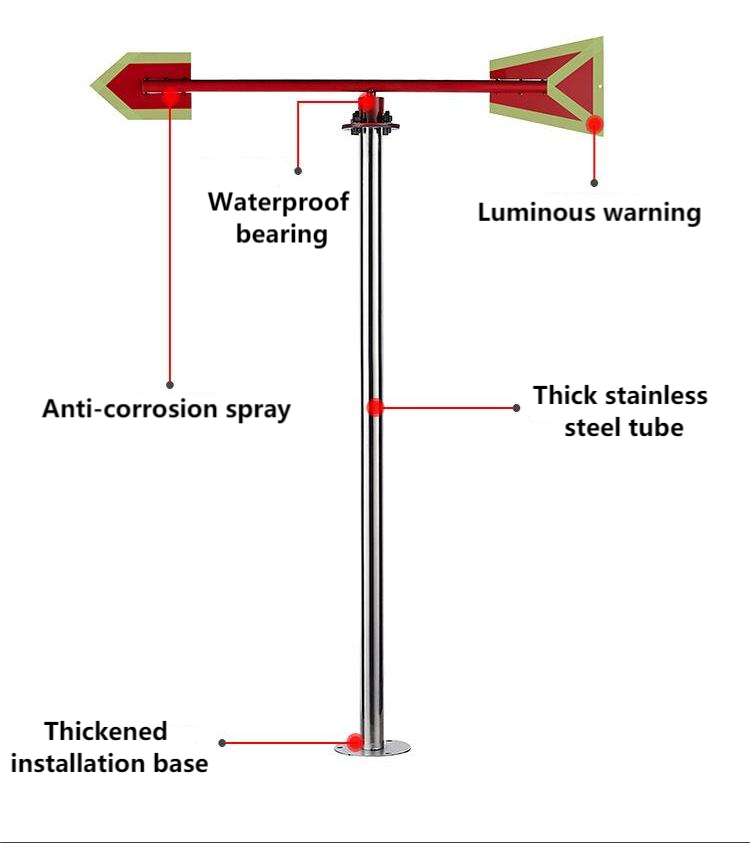
The principle of the anemometer is based on the balance of moments under wind pressure. When the wind blows, the arrow and the tail of the anemometer are subjected to different wind pressures. Since the tail is exposed to a larger area of wind, it generates a larger moment of wind pressure, causing the vane to rotate around its vertical axis until the arrow points in the direction of the wind. At this point, the arrow and the wind pressure on both sides of the tail reach an equilibrium state, and the wind vane stabilizes at a certain orientation.
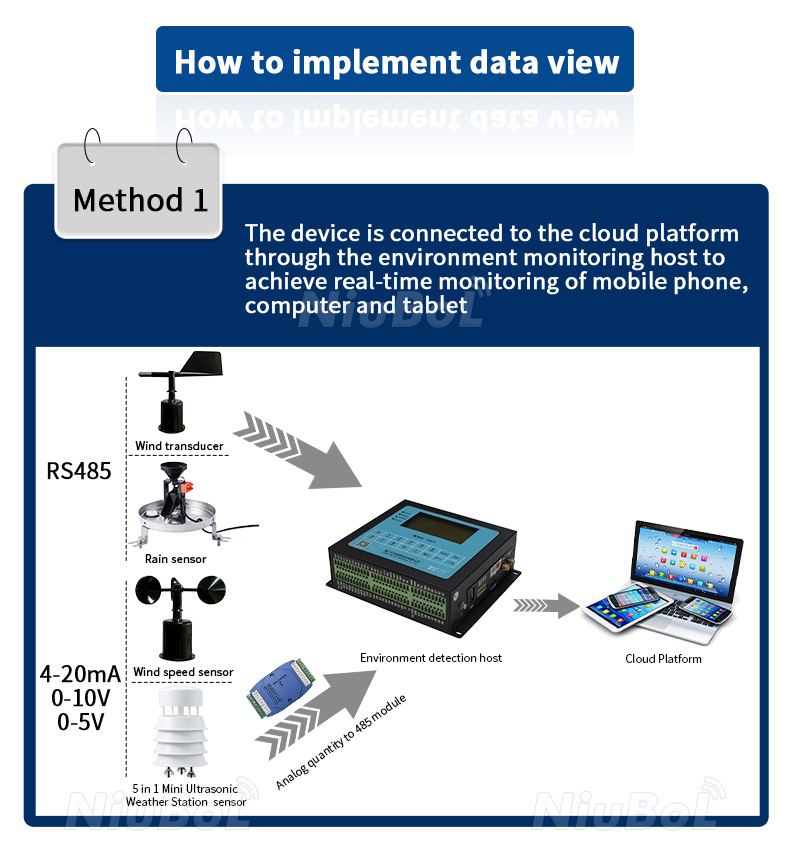
The main role of the anemometer is to provide wind direction information, which provides important meteorological data support for meteorological observation, navigation, aviation, agriculture and other fields. By understanding the change of wind direction, people can make corresponding decisions and arrangements.
1. Wind Direction Indication: Provide wind direction information.
2. Meteorological forecasting: combined with wind speed data, it is used for weather forecasting and meteorological analysis.
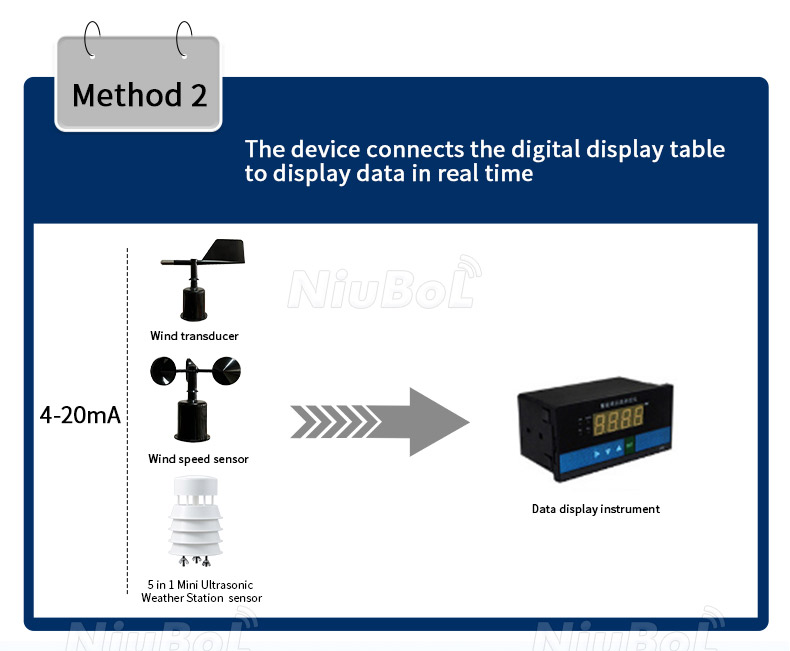
Meteorological Observation: In weather stations, the wind vane is used in conjunction with the anemometer to measure the two important meteorological elements of wind speed and wind direction.
Nautical: In the process of navigation, the wind vane is one of the important navigation tools for ships, helping the crew to understand the change of wind direction and adjust the course and speed.
Agriculture: In agricultural production, understanding wind direction helps to rationalize crop layout and irrigation and other agricultural activities.
Aerospace: In the field of aerospace, wind vane can be used to measure the change of wind direction when the airplane takes off and lands to ensure the flight safety.
Urban planning: Evaluating urban wind environment, guiding building design and greening.
Environmental monitoring: monitoring the direction of pollutant dispersion and assessing environmental impacts.
Summarize
Cup anemometer and wind vane are both important meteorological observation instruments. Cup anemometers measure the rotational speed of the wind cup to determine the size of the wind speed and provide accurate data for wind speed measurement, while wind vane provides wind direction information by indicating the change of wind direction. These two instruments play an important role in meteorological observation, wind power generation, aerospace, environmental monitoring and other fields, providing strong support for the development of related fields.
Related recommendations
Sensors & Weather Stations Catalog
Agriculture Sensors and Weather Stations Catalog-NiuBoL.pdf
Weather Stations Catalog-NiuBoL.pdf
Related products
 Combined air temperature and relative humidity sensor
Combined air temperature and relative humidity sensor Soil Moisture Temperature sensor for irrigation
Soil Moisture Temperature sensor for irrigation Soil pH sensor RS485 soil Testing instrument soil ph meter for agriculture
Soil pH sensor RS485 soil Testing instrument soil ph meter for agriculture Wind Speed sensor Output Modbus/RS485/Analog/0-5V/4-20mA
Wind Speed sensor Output Modbus/RS485/Analog/0-5V/4-20mA Tipping bucket rain gauge for weather monitoring auto rainfall sensor RS485/Outdoor/stainless steel
Tipping bucket rain gauge for weather monitoring auto rainfall sensor RS485/Outdoor/stainless steel Pyranometer Solar Radiation Sensor 4-20mA/RS485
Pyranometer Solar Radiation Sensor 4-20mA/RS485
Screenshot, WhatsApp to identify the QR code
WhatsApp number:+8615367865107
(Click on WhatsApp to copy and add friends)
